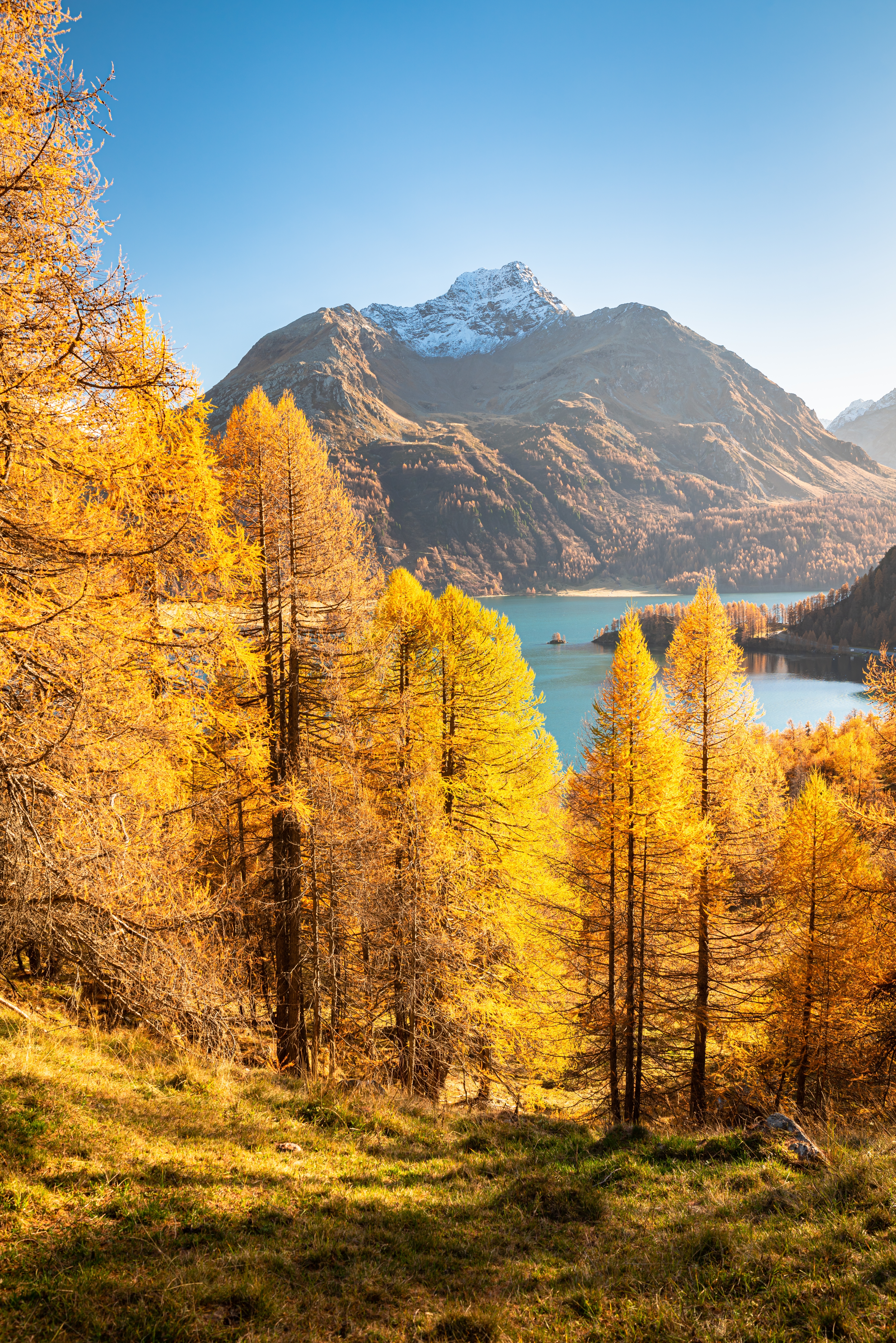Larch is a tree that belongs to the pine family. Unlike most trees that have needlelike leaves, larches shed their needles every fall and go through the winter “naked.” Such trees are called deciduous. Most other trees of the pine family are evergreens.

Larches grow throughout the Northern Hemisphere. It is easy to recognize larches by their needles, which grow in clusters on spurlike branches. Cones grow from some of the buds. Ripe cones are about 1 inch (2.5 centimeters) long. At first, they are a bright red. Then they turn dark red. When ripe, they become chestnut-brown. The cone remains on the trees after the needles have fallen off. Larches are commonly planted as ornamental trees because of their attractive shape and their open, yellow-green crowns.
Eastern larch, often called tamarack or hackmatack, is a medium-sized tree, reaching heights up to 60 feet (18 meters). Its branches form a narrow pyramid. It grows from Canada through the Eastern United States, as far south as Pennsylvania and west to Illinois. It is not important commercially, but its wood is sometimes used as poles. Native Americans traditionally used its tough roots to bind their canoes.

Western larch is a large tree, growing up to 150 feet (46 meters) tall. It grows extensively in Oregon, Washington, Idaho, Montana, and British Columbia, and it is commercially important for its lumber. The wood of the western larch closely resembles that of the Douglas-fir. It has an orange-red, scaly bark and open crowns of light green foliage.
European larch, another important timber species, grows widely in the eastern United States. The subalpine larch is a rare, small, timberline tree. It thrives in western sections of the United States and Canada.

See also Conifer; Deciduous tree; Evergreen; Pine.
